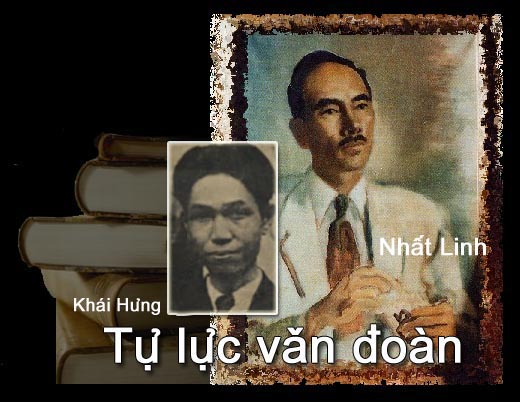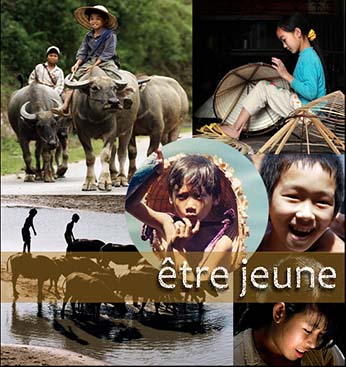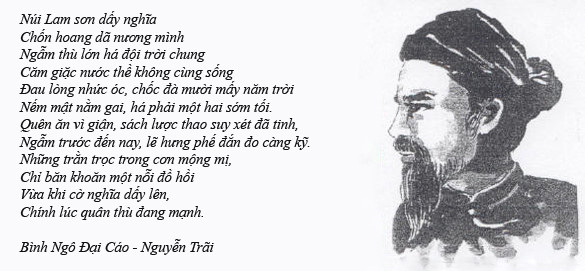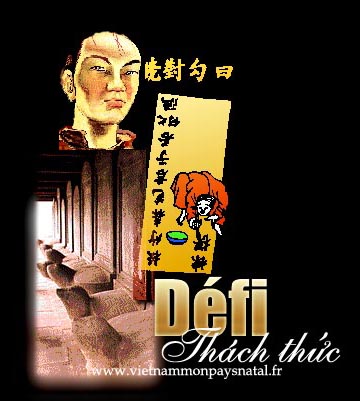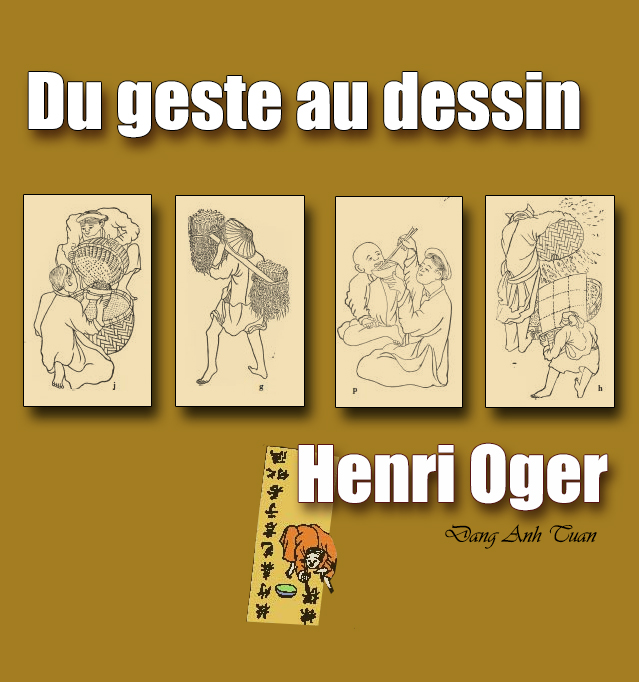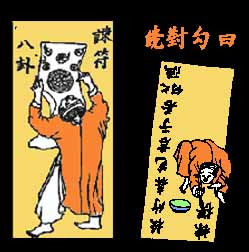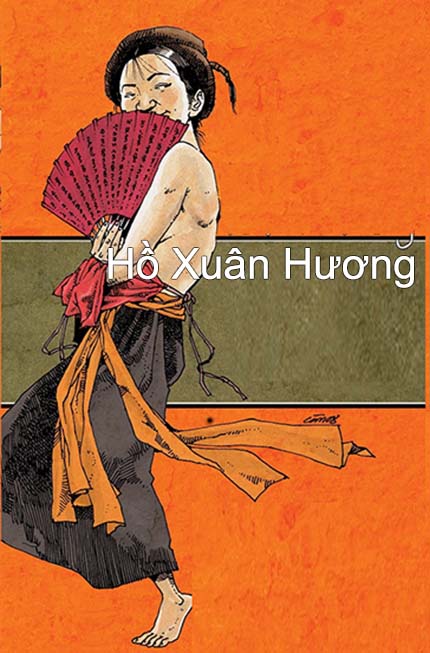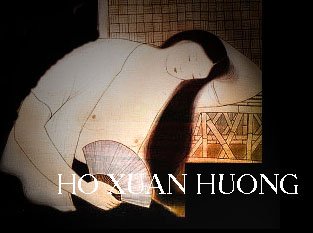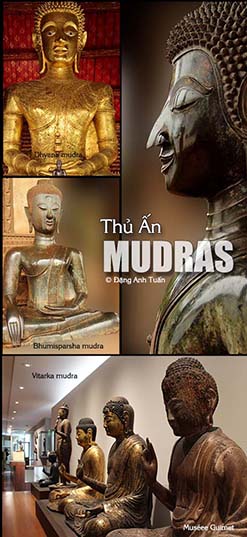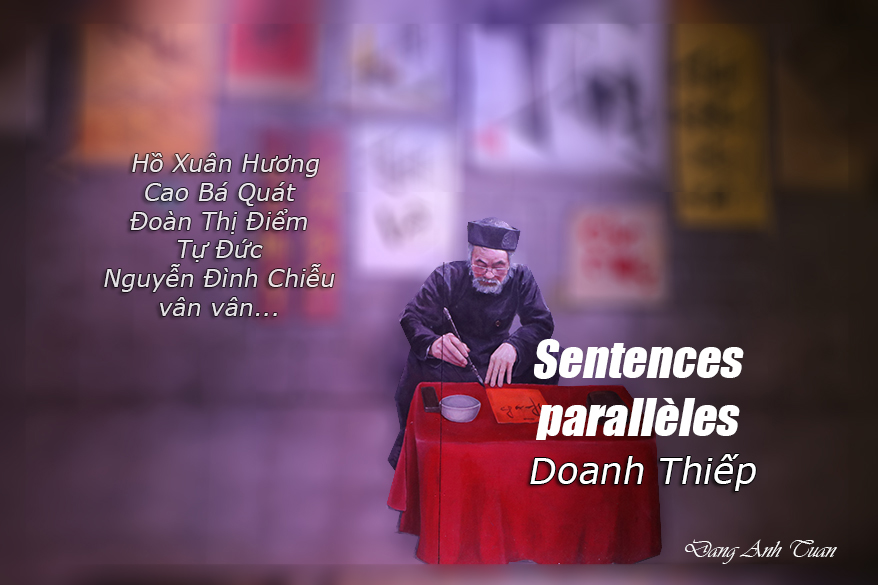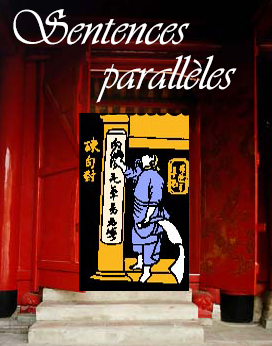Titles of best-known novels
Hồn Bướm Mơ Tiên (1933)
Nữa Chừng Xuân (1934)
Ðoạn Tuyệt (1935)
Trống Mái (1936)
Lạnh Lùng (1937)
Tiêu Sơn Tráng sĩ (1937)
Thoát Ly (1938)
Tắt đèn (1939)
Bướm Trắng (1941)
Articles founded on the Net
Anh phải sống (1937)
Tiểu sữ Tự Lực Văn Đoàn 1930-1945
It is regrettable not to see appearing Nhất Linh et Khá’i Hưng’s names in today’s school curriculum or in anthologies published recently in foreign languages in Vietnam. However, they are the two best Vietnamese novelists at the dawn of 20th century.
People continue to look for and tear off rare issues published in South Vietnam before 1975. In spite of their selected topics generally relating to love, sentimental twists, dramas of the middle-class etc… at colonial time, they however continue to gain unanimous admiration of Vietnamese youth today, in particular of young Vietnamese living abroad because their writings are carrying not only a more or less occidentalized culture but also a purely Vietnamese romanticism. They succeeded in bringing to their works an innovative style, in using a simple vocabulary free of Sino-Vietnamese words perceived by Vietnamese young people as erudite words, and in approaching topics capable of adhering the youth: love-sacrifice, impossible love, vagueness in the soul etc…with a Cornelian glance as well as with Alfred de Musset’s romantic manner.
It is regrettable not to see appearing Nhất Linh et Khá’i Hưng’s names in today’s school curriculum or in anthologies published recently in foreign languages in Vietnam. However, they are the two best Vietnamese novelists at the dawn of 20th century.
People continue to look for and tear off rare issues published in South Vietnam before 1975. In spite of their selected topics generally relating to love, sentimental twists, dramas of the middle-class etc… at colonial time, they however continue to gain unanimous admiration of Vietnamese youth today, in particular of young Vietnamese living abroad because their writings are carrying not only a more or less occidentalized culture but also a purely Vietnamese romanticism. They succeeded in bringing to their works an innovative style, in using a simple vocabulary free of Sino-Vietnamese words perceived by Vietnamese young people as erudite words, and in approaching topics capable of adhering the youth: love-sacrifice, impossible love, vagueness in the soul etc…with a Cornelian glance as well as with Alfred de Musset’s romantic manner.
« Hồn Bướm Mơ Tiên » (or Heart of a Butterfly in a Dream of Immortality), » Nữa Chừng Xuân » ( or Mid-Spring ), « Ðoạn Tuyệt » ( or Rupture ,), « Anh Phải Sống » ( or You Must Live ) etc… continue to be the best-sellers preferred by Vietnamese youth today. It is not surprising to find that the topic of sacrifice approached about fifty years ago by Khai Hung in his works, is taken again recently by a young talented novelist Nguyễn Huy Thiệp in his novel « Chảy đi sông ơi » ( or Run! Run! Oh River ) in spite of a completely different political context.
In their writings, one finds not only modern use of clauses, adverbs, tense forms that were until then absent in Vietnamese prose, but also the use of personal pronouns. The « I, me » make their way in, with words like « anh », « em », « mình », « cậu » that had not been used before in a sentence. It is noticed in the construction of their sentences a great economy of means, an unprecedented clarity, and a great effectiveness.
Coming from urban environment, influenced by the French culture since their younger age, they are unsurprisingly found inspired in their works by the models of Musset, Lamartine, Daudet, etc…when it is known that these French writers’ works formed part of the teaching curriculum at French lycee Albert Sarraut ( Hà-Nội ) where Khai Hung took his classes at colonial time. He received his bachelor’s degree in 1927 and taught at Thăng Long high school when Nhất Linh returned to Vietnam in 1930 after four years of scientific studies from France
His encounter with Khái Hưng at Thăng Long high school has overnight made them a famous and inseparable couple. They founded together the writing club Tự Lực Vân Ðoàn ( or Self-Sufficient Literary Group ) in 1933. Khái Hưng, who was nine years older than Nhất Linh, was however regarded as the « second » of this couple and was given the pseudonym of » Nhị Linh » because Nhất Linh had already been author of two novels in 1926 and 1927. They acquired the merit of having brought clarity, concision, modernity to the Vietnamese literature and especially of knowing how to give to this modernity the soul of Vietnamese romanticism.
Contrary to other novelists of their time ( Vũ Trọng Phụng, Ngô Tất Tố for example), they did not have a critical view on social inequalities, virtues, and rural customs. They did not know how to help in fighting and denouncing these inequalities. But on the other hand, they tried to depict the most disfranchised social layer with much fineness and accuracy without having to defend it with horn and fanfare.
Is it why they are reproached of lacking combativeness and realism, tepidity in their manner of depicting the reality of urban society, and being influenced by western culture? It is certain that the episode of Musset’s Tales could be used as model by Khái Hưng because the heroine in the novel Anh Phải Sống, the young wife of the Vietnamese mason Thuc, let herself drowned in the flood like Madame des Arcis in the tales « Pierre et Camille » of Alfred de Musset in 1844. But Khái Hưng knew how to give his heroine the nobility and grandeur in the Vietnamese tradition.
Neither could be doubful their patriotism, their political involvement in Vietnamese nationalist movements. Because of their nationalist political orientation and especially their simple idealism, both have perished respectively like their heroines in Khái Hưng’s Anh Phải Sống ( You Must Live ) and in Nhất Linh »s « A Silhouette in the Fog ». Khái Hưng has deceased in 1947 under mysterious conditions near the Cửa Gà dock, in the district of Xuân Trường ( Hà Nam Ðịnh provine ) while Nhất Linh, disappointed for being misunderstood, took his life with poison on July 7, 1963 in Saigon.
![]() Both of them tried to live their lives the way their heroines did with an exemplary stoicism. The literary heritage they left to the Vietnamese people is priceless. In a word, they are not only the pioneers of modern literature of Vietnam but also the most romantic novelists that Vietnam has ever known.
Both of them tried to live their lives the way their heroines did with an exemplary stoicism. The literary heritage they left to the Vietnamese people is priceless. In a word, they are not only the pioneers of modern literature of Vietnam but also the most romantic novelists that Vietnam has ever known.

